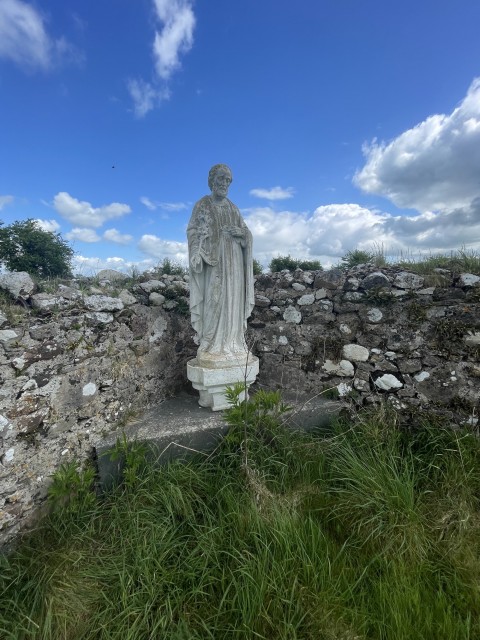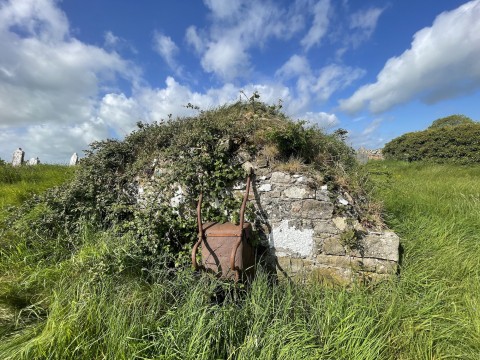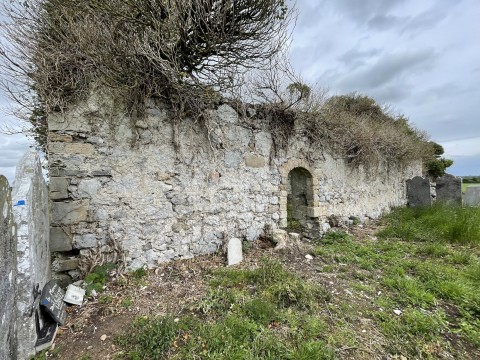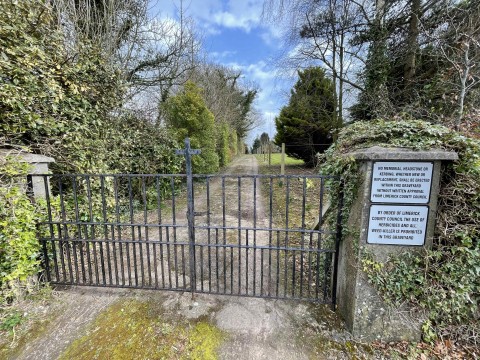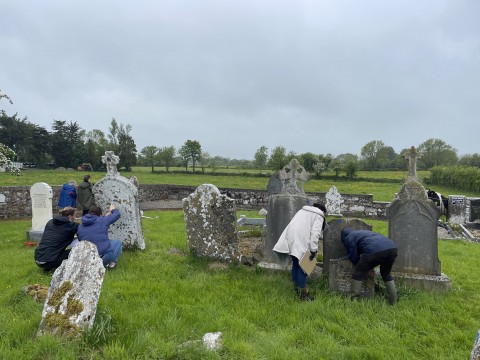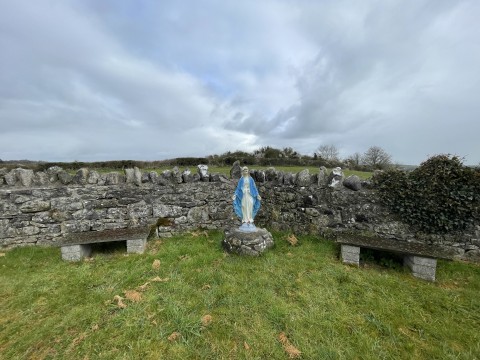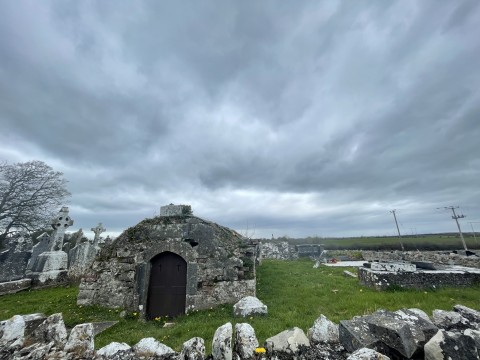This graveyard is in the townland of Killeenoghty, in the parish of Manister and in the barony of Pubblebrien. The townland lies north-east of the village of Croom and the N20, (Cork to Limerick main route.) Lough Nagirra is located south-east of the site and the townlands of Coologe and Toryhill adjoin this townland to the south.
The graveyard can be approached by heading north-east from Croom on the L1408, then take the 4th turn off to the right and then the next right.


